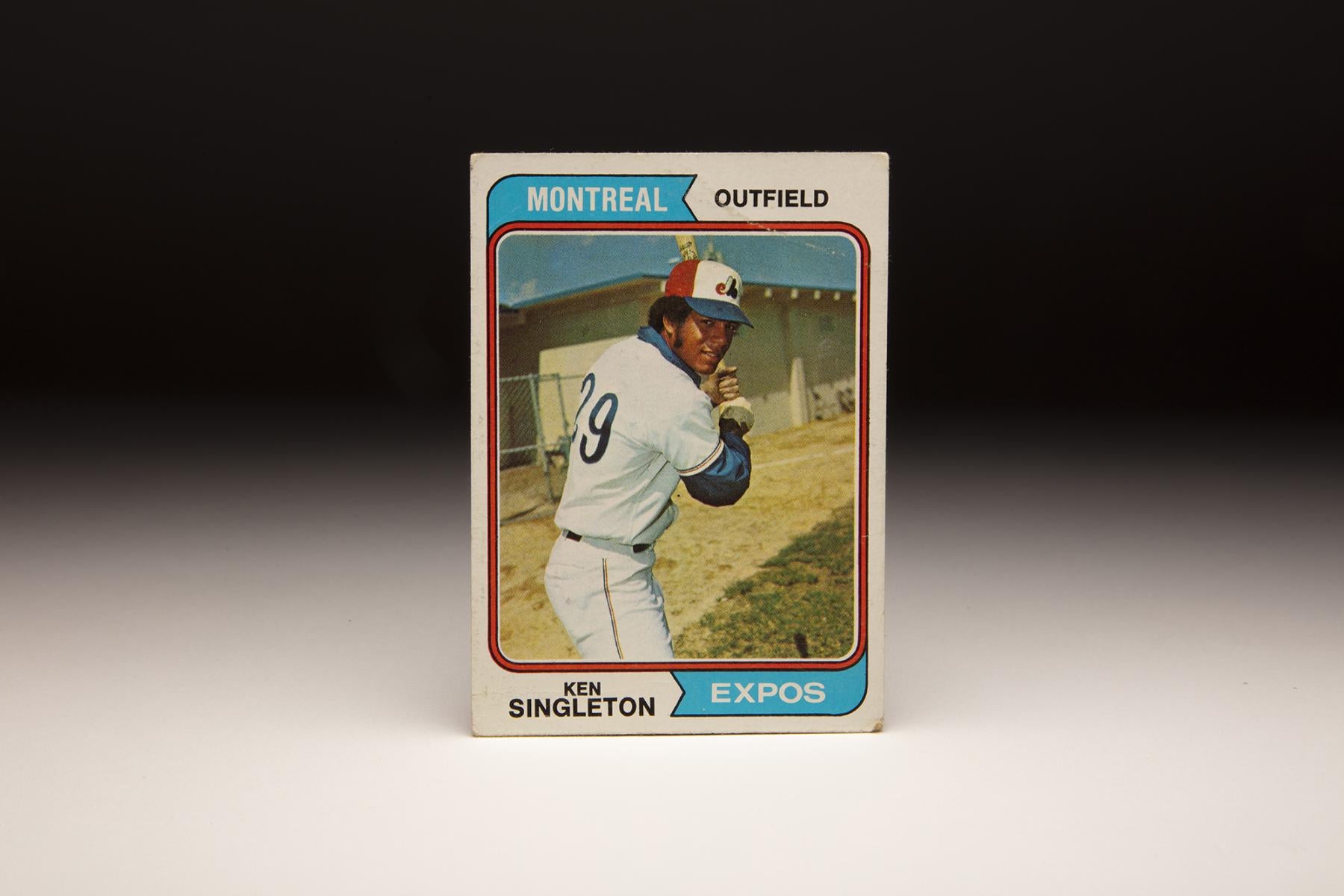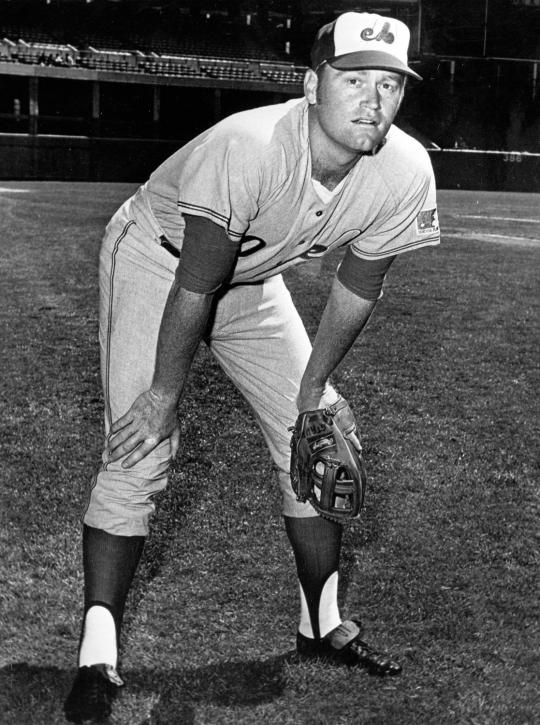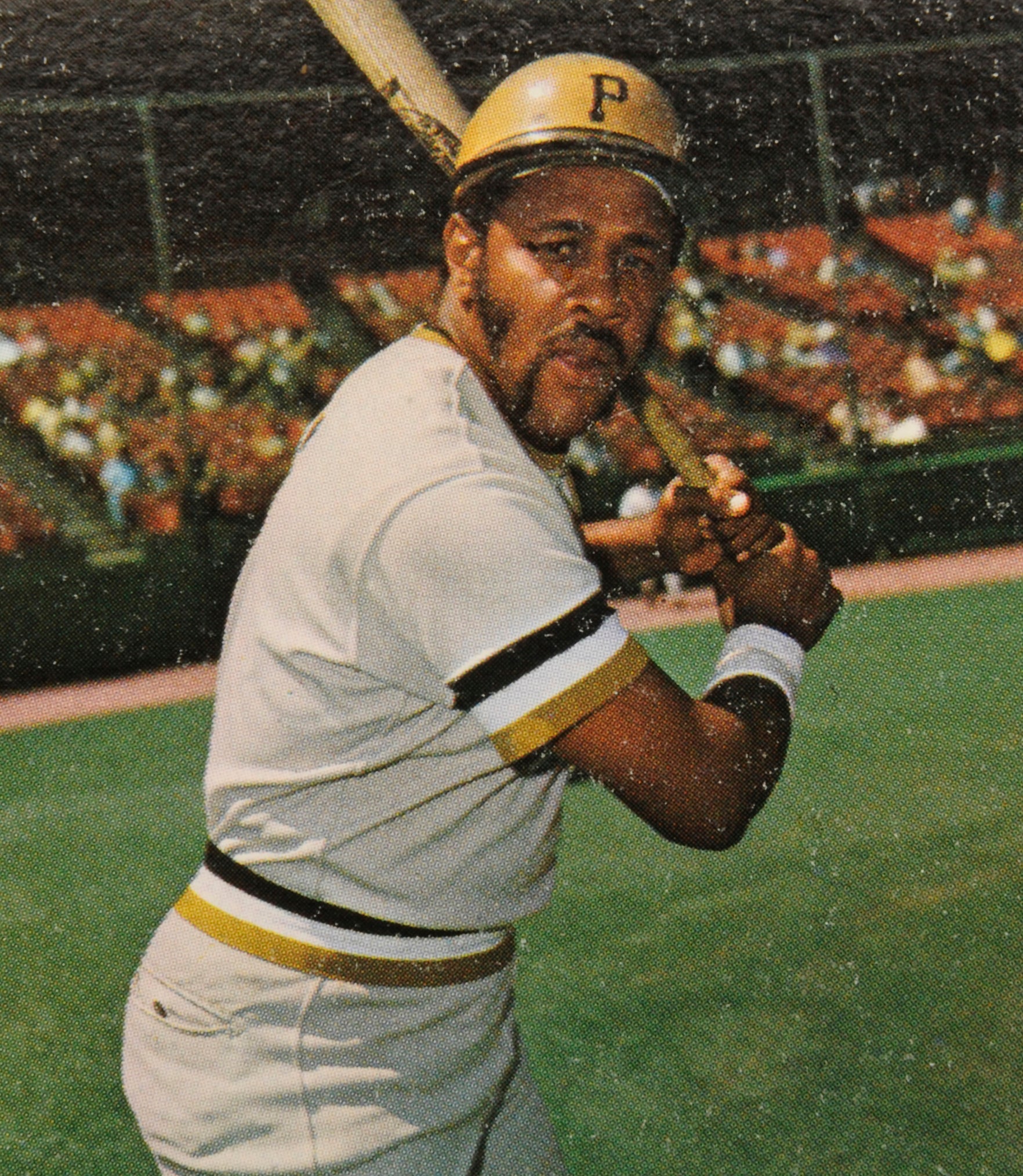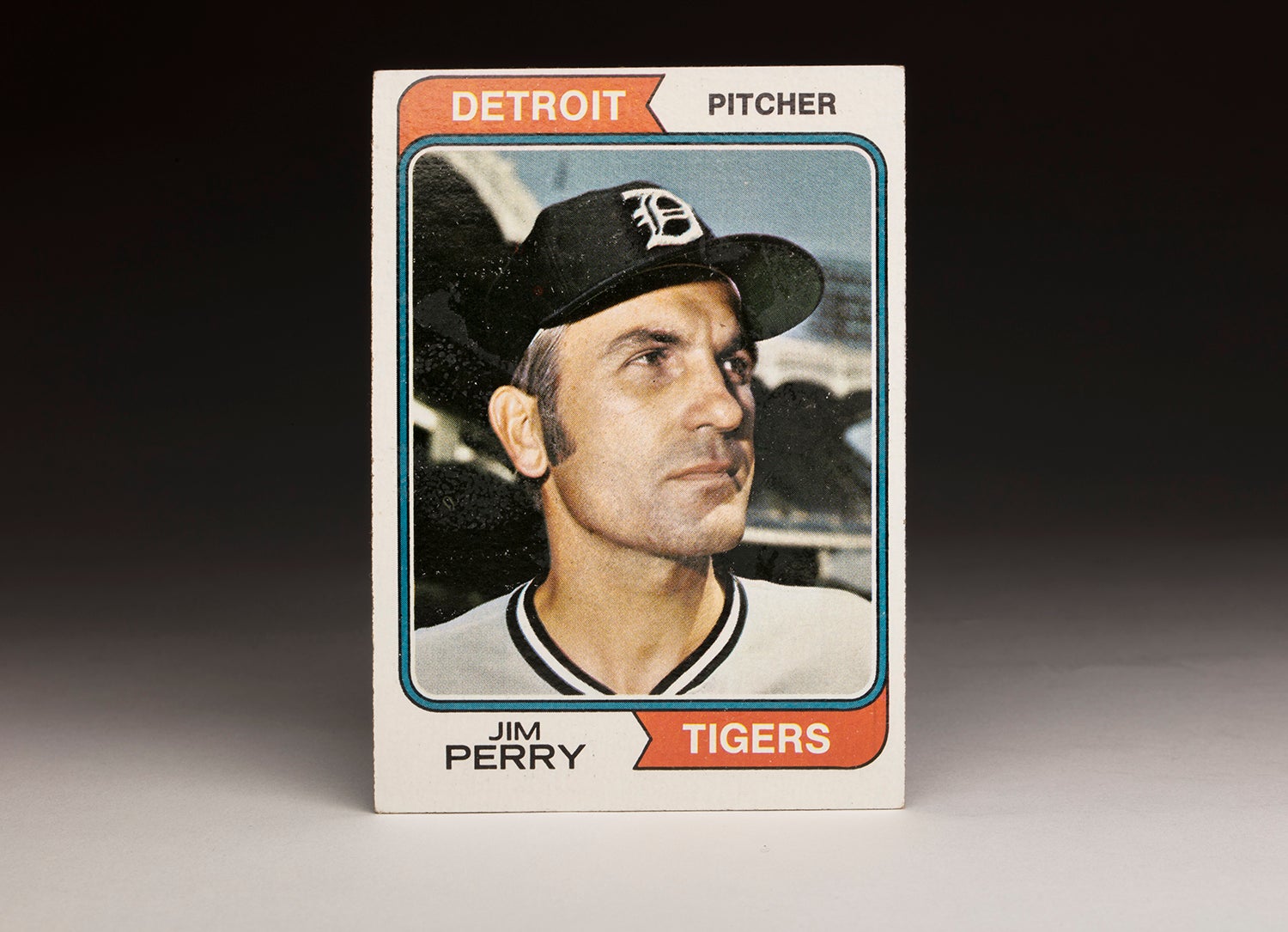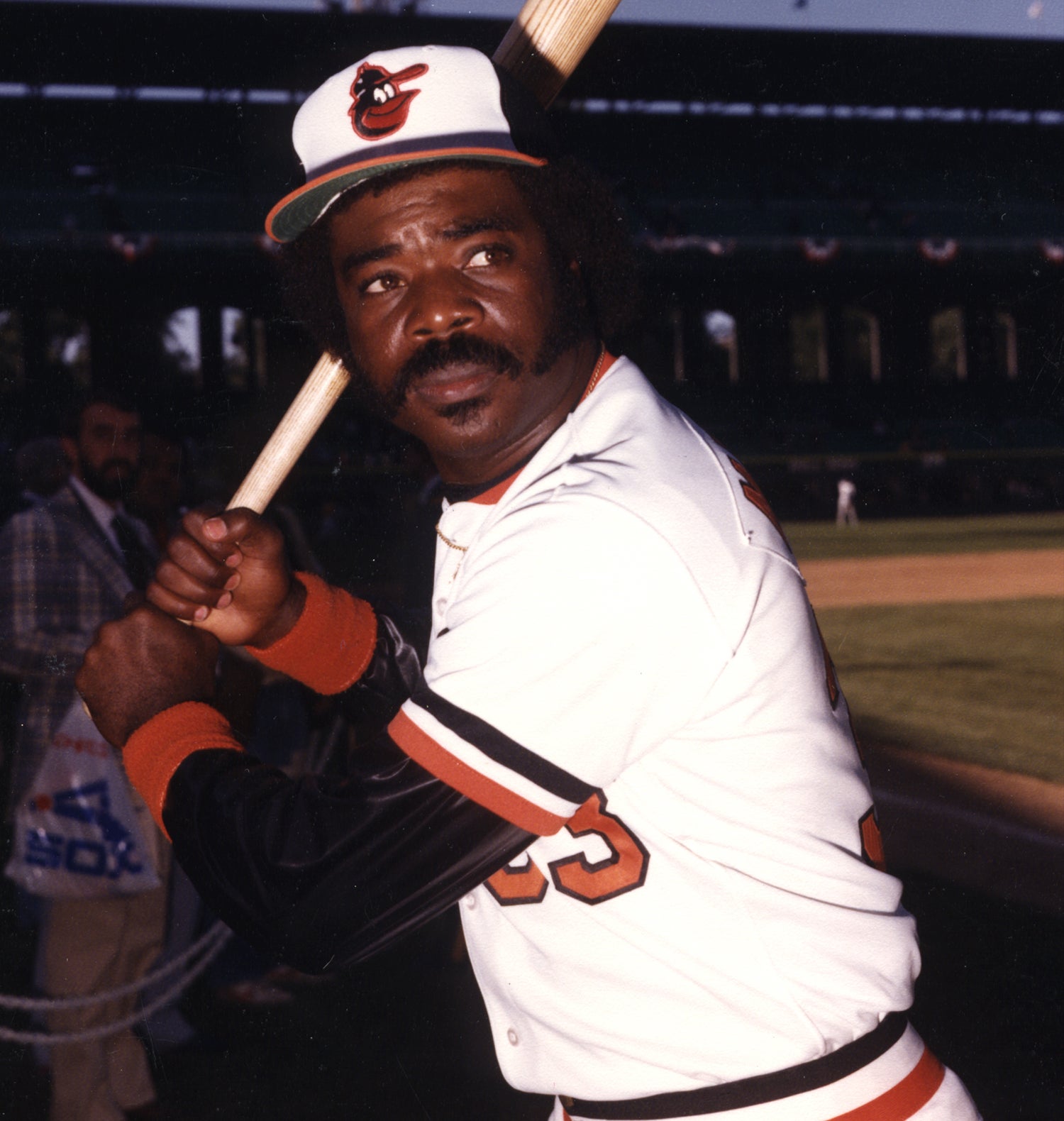- Home
- Our Stories
- #CardCorner: 1974 Topps Ken Singleton
#CardCorner: 1974 Topps Ken Singleton
In the 1970s, on-base percentage was a second-tier statistic – one that almost always took a back seat to batting average when it came to player evaluations.
In that decade, two future Hall of Famers – Rod Carew and Joe Morgan – had the most full seasons with an OBP of at least .400 with six apiece.
Hall of Fame Membership
There is no simpler, and more essential, way to demonstrate your support than to sign on as a Museum Member.
The only player with five such seasons, Ken Singleton, was one of the most underappreciated hitters of his time.
Born June 10, 1947, in New York City, Singleton was raised in Mount Vernon, N.Y. Undrafted out of high school, Singleton enrolled at Hofstra University and played one season for the Flying Dutchmen, hitting .327. The Mets then selected the switch-hitting Singleton with the third overall pick in the January 1967 MLB Draft.
The two players taken before Singleton appeared in a combined two major league games. The player taken immediately after Singleton was future Hall of Famer Carlton Fisk.
Singleton immediately showed a strong command of the strike zone in his first year of pro ball, drawing 87 walks in 102 games with Class A Winter Haven in 1967. He was quickly tabbed as one of the Mets’ top prospects and sent to the Florida Instructional League before appearing in games at three stops – Class A Raleigh-Durham and Visalia and Triple-A Jacksonville – in 1968.
He hit .309 with a .428 on-base percentage for Double-A Memphis in 1969, then set the International League on fire during the first half of 1970 by hitting .388 with a .513 on-base percentage.
The Mets called up Singleton on June 24, 1970, sending fan-favorite Ed Kranepool to the minors and installing Singleton in the No. 3 spot in their lineup. In 69 games that summer with the Mets, Singleton batted .263 with five home runs, 23 RBI and a .361 on-base percentage.
“If any player wanted to make the majors, (it was) Singleton,” Mets farm director Joe McDonald told the Associated Press.
A natural left-hander, Singleton began throwing right handed in school to emulate his friends. An American Legion manager encouraged Singleton – while growing into his 6-foot-4 frame – to try switch hitting.
In 1971, Singleton was penciled in as the Mets’ starting right fielder in Spring Training. But Singleton was unable to hold the job regularly, hitting .245 (albeit with a .374 on-base percentage) with 13 home runs and 46 RBI in 113 games.
Then on April 5, 1972, with the season on hold due to a labor dispute, the Mets traded Singleton, Mike Jorgensen and Tim Foli to the Expos in exchange for Rusty Staub, who had just ended a holdout.
“This kind of deal had to overpower us,” John McHale, President of the Expos, told the Montreal Gazette following the trade of the beloved Staub. “And it did.”
Singleton played every game in 1973, hitting .302 with 23 home runs, 103 RBI, 100 runs scored and 123 walks. His .425 on-base percentage led all of MLB.
“I’ve never seen a ballplayer who came to the park more ready, physically and mentally, to play the game every day than he did,” Expos coach Dave Bristol told United Press International in the spring of 1974, when Singleton’s second Topps card with Montreal was debuting in packs all around the country.
Singleton, however, was unable to repeat his monster 1973 season in 1974 – hitting .276 with nine home runs and 74 RBI to go with 93 walks and a .385 on-base percentage.
Following the season, the pitching-poor Expos traded Singleton and Mike Torrez to the Orioles in a deal that brought Rich Coggins, Bill Kirkpatrick and former 20-game winner Dave McNally to Montreal. It would be a trade that would benefit the Orioles for the next 10 seasons.
Singleton led the American League in plate appearances with 714 in 1975, hitting .300 with a .415 OBP on the strength of 118 walks.
After hitting .278 in 1976, Singleton nearly replicated his 1973 season in ’77: Hitting .328 with 24 homers, 99 RBI, 90 runs scored and a .438 OBP, finishing third in the AL Most Valuable Player voting.
Then in 1979, Singleton powered the Orioles to their first AL East title in five years by hitting .295 with 35 home runs, 111 RBI, a .405 on-base percentage and a career-best .533 slugging average.
Singleton was issued an AL-best 16 intentional walks with future Hall of Famer Eddie Murray hitting behind him in the cleanup spot for almost the entire season.
Singleton hit .357 in the World Series – following up on a .375 average in the ALCS – but Baltimore fell to Pittsburgh in seven games.
He hit .304 with 24 homers and 105 RBI in 1980 at age 33, seemingly getting better with age.
Then in 1981, Singleton started the season on a historic tear – hitting .472 through April and .340 when the strike began on June 11.
A 6-for-48 stretch in the season’s final 15 games, however, left him at .278 for the season.
“The funny thing is, I’m not even a good hitter in April,” Singleton told the Daily Press in Newport News, Va., in 1985.
“I was seeing the ball better than I ever have. I felt I was gonna get a hit every time I went up to bat.”
Shifting into a designated hitter role, Singleton remained a mainstay in Baltimore’s lineup in 1982 and 1983. In the latter season, he hit .276 with 18 homers and 84 RBI – to go with 99 walks and a .393 on-base percentage – to help Baltimore win another AL pennant. This time, the Orioles captured the World Series title, defeating the Phillies in five games.
Age caught up with Singleton in 1984 as he hit .215 in 11 games. Finding no offers in free agency following the season, Singleton retired – quickly transitioning to his new career in the broadcast booth. After working for Baltimore TV stations during his playing days, Singleton called the action for Canada’s TSN on Blue Jays (1985-86) and Expos (1987-96) games. Singleton joined the Yankees broadcast team in 1997, becoming one of the team’s most popular voices.
In 15 big league seasons, Singleton hit .282 with 246 home runs, 1,065 RBI and 1,263 walks. A three-time All-Star, his .398 on-base percentage during the 1970s ranks third – behind Carew and Morgan – of any player with at least 5,000 plate appearances during the decade.
Few players of any era had a better eye at the plate.
Craig Muder is the director of communications at the National Baseball Hall of Fame and Museum
Related Stories
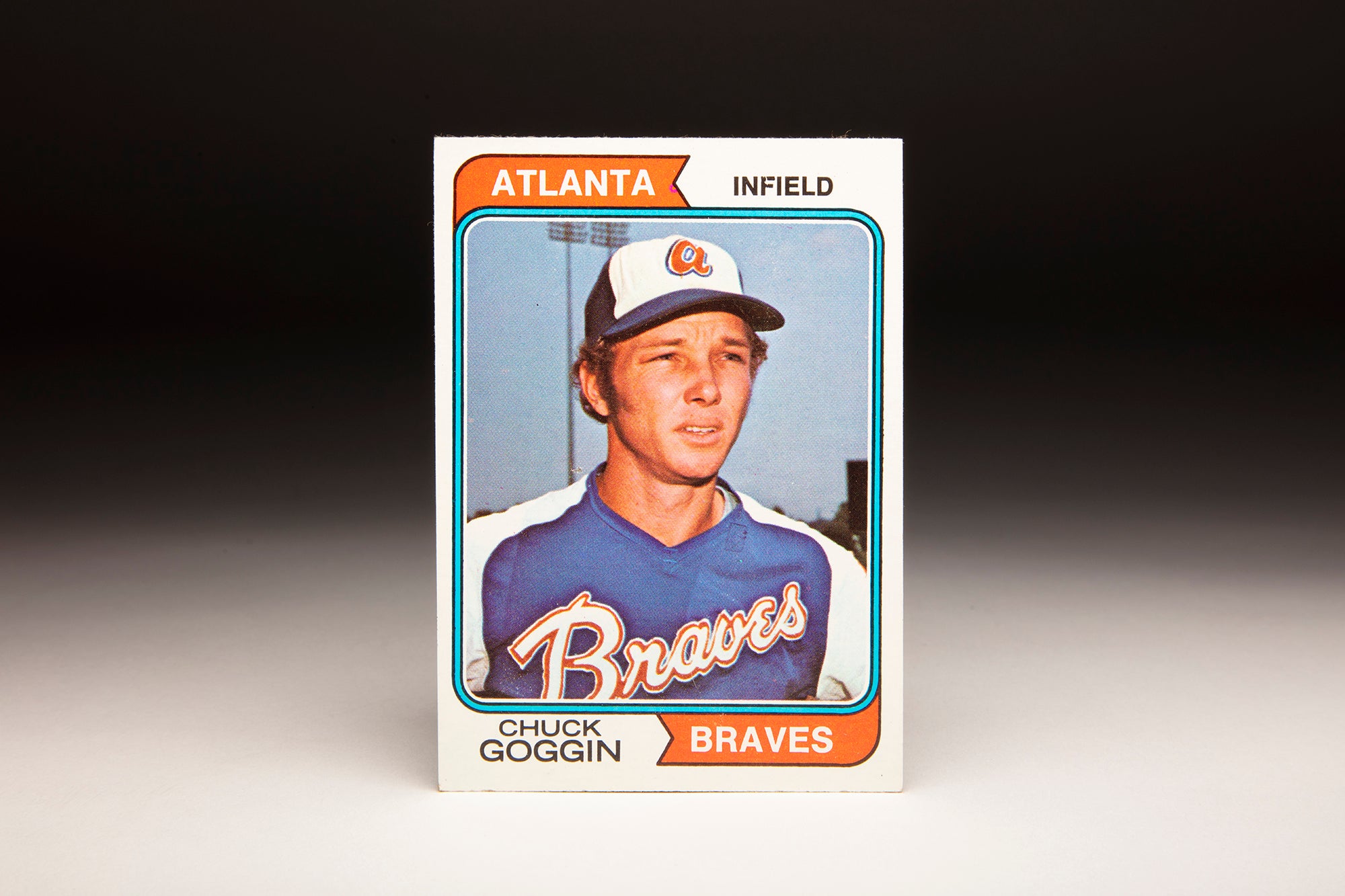
#CardCorner: 1974 Topps Chuck Goggin
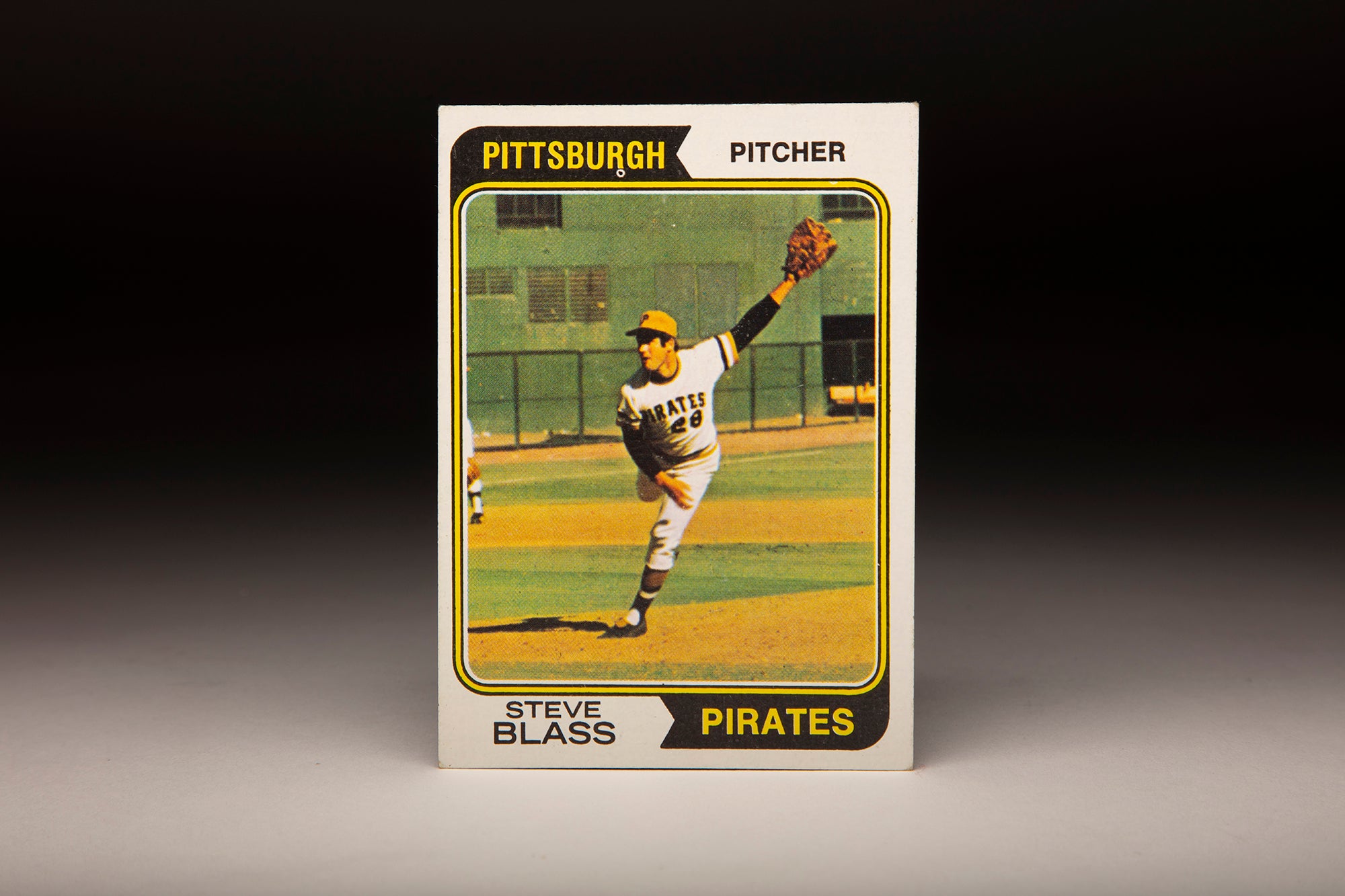
#CardCorner: 1974 Topps Steve Blass

#CardCorner: 1974 Topps Chuck Goggin


